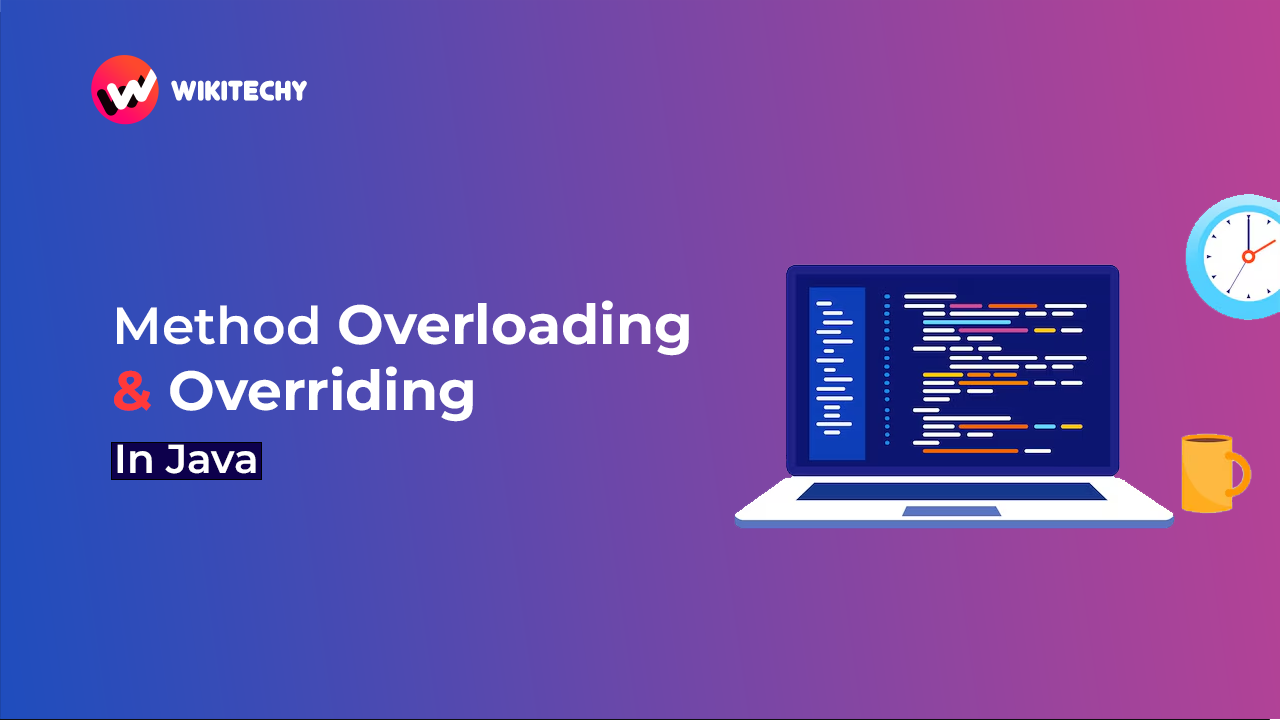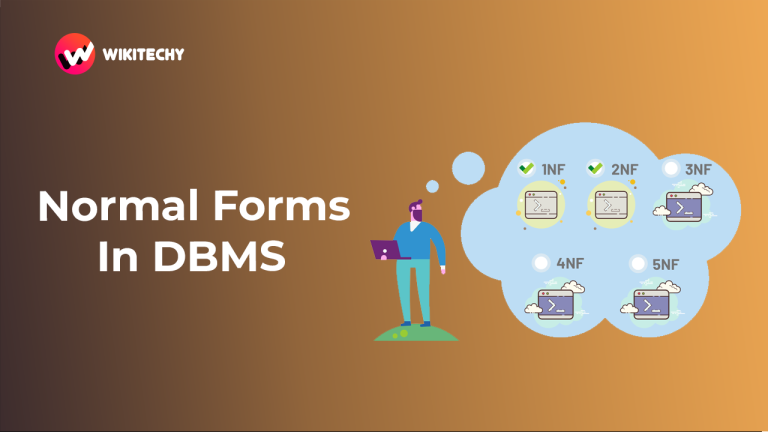Method Overloading vs. Method Overriding in Java
Java is an object-oriented programming language that supports polymorphism. Polymorphism in Java allows objects to behave in different ways based on their type. There are two major types of polymorphism: compile-time polymorphism and runtime polymorphism. Method Overloading and Method Overriding are two key mechanisms in Java that enable polymorphism. These concepts help in writing clean, efficient, and reusable code.
1. Method Overloading:
Method Overloading is a concept in Java where a class can have multiple methods with the same name but different parameter lists (either in the number, type, or order of parameters). Overloading is associated with compile-time polymorphism (also called static polymorphism) since the method to be invoked is determined at compile time.
Key Concepts in Method Overloading:
- Method Signature: The method signature in Java includes the method name and the parameter list (types, number, or order). The return type and access modifier are not considered as part of the method signature for overloading.
- Compile-time Binding: The method call is resolved at compile time based on the method signature. This is why overloading is also known as static polymorphism.
- Method Resolution: The Java compiler resolves which method to call by matching the method name and parameters during compile time.
Examples of Method Overloading:
In the example above, the method add is overloaded with different parameter lists. The Java compiler chooses the appropriate method at compile time based on the parameters passed.
Advantages of Method Overloading:
- Improved Readability: Overloading allows you to use the same method name for different functionalities, making the code easier to read.
- Code Reusability: You can reuse the method name for different types or numbers of parameters.
- Flexibility: It provides flexibility, as the same method name can handle different scenarios based on the input.
- No Need for Inheritance: Overloading does not require inheritance; all methods are within the same class.
- Ease of Maintenance: Changes in method names or signatures are minimized, making it easier to maintain the code.
2. Method Overriding:
Method Overriding is a concept where a subclass provides a specific implementation of a method that is already defined in its parent class. Overriding is associated with runtime polymorphism (also called dynamic polymorphism) because the method to be called is determined at runtime based on the object’s actual type, not the reference type.
Key Concepts in Method Overriding:
- Method Signature: In method overriding, the method signature (name, return type, and parameters) in the subclass must be exactly the same as the method in the parent class.
- Runtime Binding: The method call is resolved at runtime, based on the actual object type (whether the object is of the parent or subclass type), not based on the reference type.
- @Override Annotation: In Java, you can use the
@Overrideannotation to indicate that a method is overriding a method from the parent class. This annotation helps the compiler to ensure that you are properly overriding the method and not just overloading or making a mistake.
Examples of Method Overriding:
In the example above, the sound method is defined in the Animal class and overridden in both the Dog and Cat subclasses. At runtime, the actual object type determines which method is called (dog or cat sound).
Advantages of Method Overriding:
- Runtime Polymorphism: Overriding supports runtime polymorphism, enabling a subclass to provide a specific implementation of a method.
- Code Reusability: By overriding methods, subclasses can reuse the functionality provided by the parent class while customizing it as needed.
- Extensibility: Allows subclasses to extend or modify the behavior of methods from the parent class.
- Flexibility: You can provide different behaviors for the same method in different subclasses.
- Increased Maintainability: Changes to the method in the parent class are automatically reflected in the subclass, reducing maintenance efforts.
Differences Between Method Overloading and Method Overriding:
| Feature | Method Overloading | Method Overriding |
|---|---|---|
| Definition | Defining multiple methods with the same name but different parameter lists in the same class. | Redefining a method in a subclass that is already defined in the parent class. |
| Purpose | Achieve compile-time polymorphism (static binding). | Achieve runtime polymorphism (dynamic binding). |
| Parameters | Methods must have different number, types, or order of parameters. | Method signature must be the same as the overridden method. |
| Return Type | Can have different return types as long as the parameters differ. | Must have the same return type (or covariant return type) as the overridden method. |
| Inheritance | No inheritance needed; methods are defined within the same class. | Requires inheritance; involves subclass and parent class. |
| Access Modifier | No restriction on access modifiers. | Access modifier must not be more restrictive than the overridden method. |
| Method Resolution | Decided at compile time based on method signature. | Decided at runtime based on the object’s type. |
| Polymorphism Type | Compile-time polymorphism. | Runtime polymorphism. |
Conclusion:
- Method Overloading allows multiple methods with the same name but different parameter lists, enabling compile-time polymorphism.
- Method Overriding enables runtime polymorphism, allowing subclasses to define specific behaviors of methods defined in the parent class.
- Both techniques enhance code readability, reusability, and maintenance, and are fundamental for effective object-oriented design in Java.





